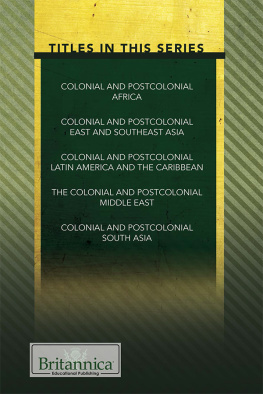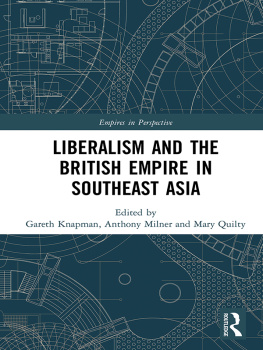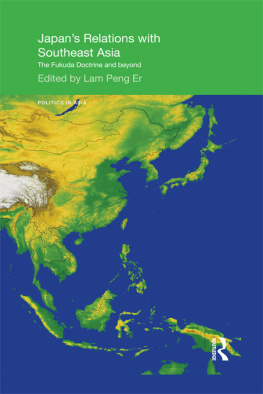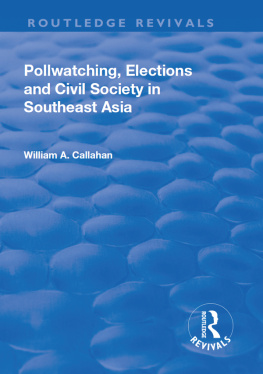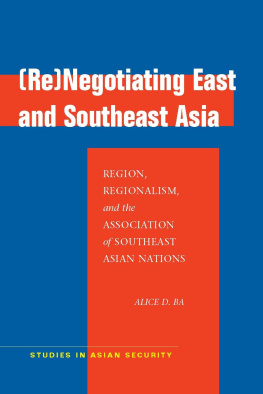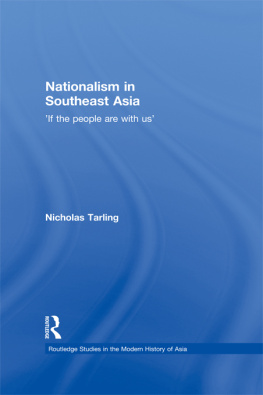
Published in 2017 by Britannica Educational Publishing (a trademark of Encyclopdia Britannica, Inc.) in association with The Rosen Publishing Group, Inc.
29 East 21st Street, New York, NY 10010
Copyright 2017 by Encyclopdia Britannica, Inc. Britannica, Encyclopdia Britannica, and the Thistle logo are registered trademarks of Encyclopdia Britannica, Inc. All rights reserved.
Rosen Publishing materials copyright 2017 The Rosen Publishing Group, Inc. All rights reserved.
Distributed exclusively by Rosen Publishing.
To see additional Britannica Educational Publishing titles, go to rosenpublishing.com.
First Edition
Britannica Educational Publishing
J.E. Luebering: Executive Director, Core Editorial
Anthony L. Green: Editor, Comptons by Britannica
Rosen Publishing
Amelie von Zumbusch: Editor
Nelson S: Art Director
Michael Moy: Designer
Cindy Reiman: Photography Manager
Bruce Donnola: Photo Researcher
Library of Congress Cataloging-in-Publication Data
Names: Ellis, Catherine, editor.
Title: Colonial and postcolonial South Asia / edited by Catherine Ellis.
Description: First edition. | New York : Britannica Educations Publishing in Association with Rosen Educational Services, 2017. | Series: The colonial and postcolonial experience | Includes bibliographical references and index. | Audience: Grades 7 to 12.
Identifiers: LCCN 2016025894 | ISBN 9781508103509 (eBook)
Subjects: LCSH: South Asia Foreign relations Great Britain. | Great Britain Foreign relations South Asia. | Great Britain Colonies Asia History. | South Asia History. | Postcolonialism South Asia.
Classification: LCC DS341.3.G7 C65 2016 | DDC 954 dc23
LC record available at https://lccn.loc.gov/2016025894
Photo credits: Keystone/FPG; cover and interior pages patterned border element RedKoala/Shutterstock.com, background and border colors and textures Rawpixel.com/Shutterstock.com, Alted Studio/Shutterstock.com; back cover pattern pzAxe/Shutterstock.com
CONTENTS

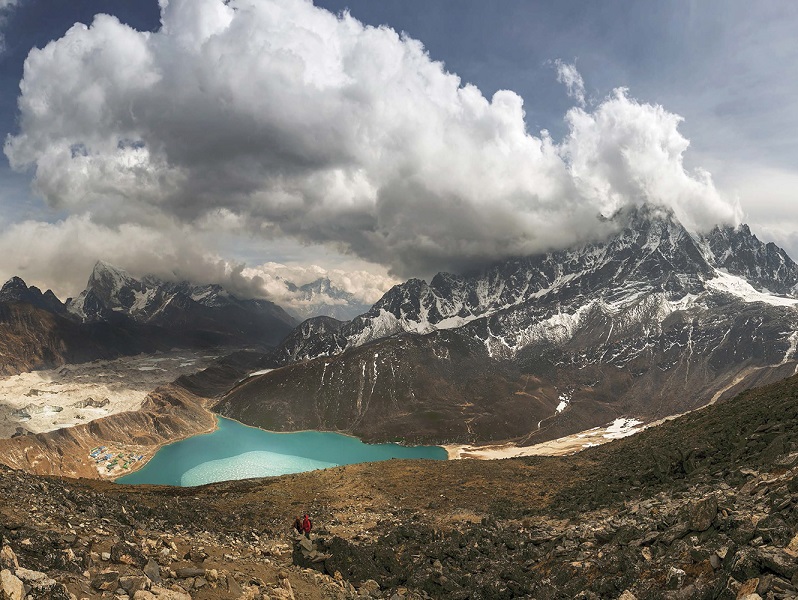
S outh Asia is sometimes referred to as the Indian subcontinent. It consists of India plus the smaller countries of Pakistan and Afghanistan to the west, Bangladesh to the east, Nepal and Bhutan to the north, and the island countries of Sri Lanka and the Maldives to the south. The northern boundary of South Asia is the great Himalayan mountain chain, which forms the southern border of Tibet, a part of China. South Asia is about half the size of the United States and has a great range of natural features and climates. Nepal and Bhutan are landlocked mountain states with limited agricultural potential. The same is true of Afghanistan, though it has a much larger territory.
Afghanistans strategic location between the Middle East and southern and eastern Asia has made it a crossroads and the target of numerous invasions. Most of western South Asia, including parts of Pakistan and western India, is extremely arid. Irrigation, mainly from the Indus River, has long been vital to agriculture there. In the east, Bangladesh shares the valleys of the Ganges and Brahmaputra rivers with India. This is the heartland of South Asia, with the most humid climate and best conditions for agriculture. More than half of South Asias 1.6 billion people live in these valleys. South of the Ganges Valley the land slopes to the Indian plateau and the climate is subtropical to tropical. With the development of irrigation and hydroelectric projects, the region has made industrial progress.
By the beginning of the 20th century, all of South Asia was either controlled by or under the sway of the British, as part of their worldwide colonial empire. This was the case until independence was granted in the late 1940s. However the British were not the first European power to establish colonies in South Asia. In 1498 Vasco da Gama, the Portuguese navigator, discovered the ocean route around the Cape of Good Hope. The Portuguese soon captured Goa, on Indias west coast, and established a spice-trading base there. They also controlled coastal Sri Lanka for 150 years, establishing a trading settlement at Colombo. By the early 17th century the Dutch, British, and French began to challenge the Portuguese for the Indian trade. In 1600 the British East India Company was chartered, and within a century it had trading posts at what are now Chennai, Mumbai, and Kolkata. Kolkata was the capital of British India from 1772 to 1911. In the 1740s the French and British began struggling against each other for control of trade, by forming alliances with the numerous different Indian rulers as well as by military might. The French organized local troops, and their role in the quarrels of Indian rulers brought much of the Deccan under French influence by 1751.
The genius of British soldier Robert Clive turned the tables. His storming and subsequent defense of Arcot in 1751 and his victory at Plassey in 1757 marked the beginning of the end of French power in India and laid the foundations of the rule of the British East India Company. Later, trading rights gradually grew into political rule. It was a strange conquest, in which a private trading company conquered an empire chiefly through the use of soldiers (sepoys) raised in the land itself. Warren Hastings, who became governor-general for the East India Company in 1774, built upon the foundation Clive had laid. By 1849 the rule of the company had been extended over virtually the whole of the subcontinent by conquest or treaties.
Certain high-handed methods used by the British companyas well British missionaries trying to convert Hindus to Christianity and the introduction of European customs at the expense of traditional Indian onesstirred a great wave of unrest. In 1857 a rumor circulated among the companys Indian soldiers that the cartridge papers they had to tear with their teeth were greased with the fat of cows and pigs. The cow is sacred to Hindus, and the pig is abhorred by Muslims. This set off the Indian Mutiny, or Sepoy Revolt, of 185758, a widespread armed Indian rebellion against the British. The bloody revolt, though ultimately crushed, ended the powers of the East India Company. In 1858 the administration of India was transferred to the British Crown.
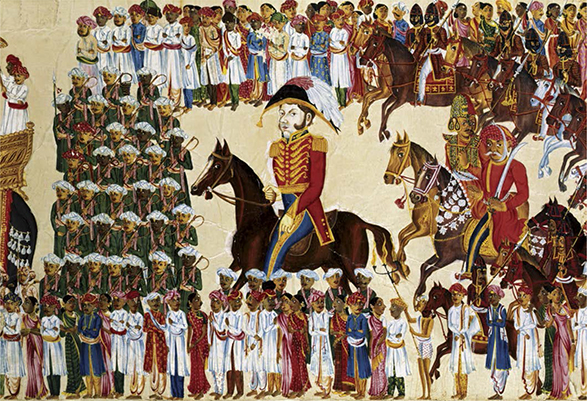
This watercolor shows an official of the East India Company riding in an Indian procession. The company acted as an agent of British imperialism in India from the early 18th century to the mid-19th century.
In 1876 the British Parliament ruled that India should be designated an empire. The next year Britains Queen Victoria was crowned empress of India. The viceroy of India, appointed by the British crown, ruled directly only in the provinces of British India. Hindu and Muslim princes continued to govern almost 600 princely states. These were nominally autonomous, but they were forbidden to make war on one another. The viceroy kept an agent at the court of each princely state to advise the ruler.
Under the British Raj, or crown rule, India included not only what are now Pakistan and Bangladesh, but also the Southeast Asian country of Myanmar (formerly Burma). Sri Lanka, then known as Ceylon, continued to be a separate British crown colony, as it had been since 1802. On the subcontinents northern margins, the Himalayan countries of Bhutan and Nepal safeguarded their continued independence by forming alliances with the British and following their lead in foreign affairs. After waging two bloody wars, from 1839 to 1842 and from 1878 to 1880, Britain bought Afghanistans cooperation by paying a large annual subsidy to Abd al-Ramn Khan and supporting his rule.

